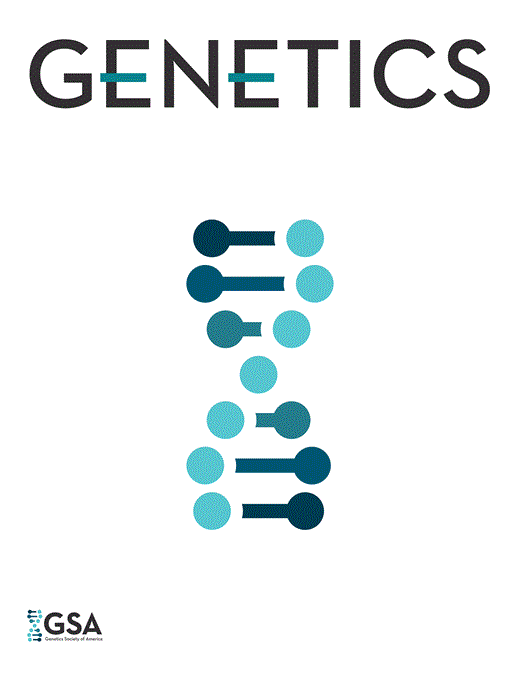-
PDF
- Split View
-
Views
-
Cite
Cite
T C Osborn, C Kole, I A P Parkin, A G Sharpe, M Kuiper, D J Lydiate, M Trick, Comparison of Flowering Time Genes in Brassica rapa, B. napus and Arabidopsis thaliana, Genetics, Volume 146, Issue 3, 1 July 1997, Pages 1123–1129, https://doi.org/10.1093/genetics/146.3.1123
Close - Share Icon Share
The major difference between annual and biennial cultivars of oilseed Brassica napus and B. rapa is conferred by genes controlling vernalization-responsive flowering time. These genes were compared between the species by aligning the map positions of flowering time quantitative trait loci (QTLs) detected in a segregating population of each species. The results suggest that two major QTLs identified in B. rapa correspond to two major QTLs identified in B. napus. Since B. rapa is one of the hypothesized diploid parents of the amphidiploid B. napus, the vernalization requirement of B. napus probably originated from B. rapa. Brassica genes also were compared to flowering time genes in Arabidopsis thaliana by mapping RFLP loci with the same probes in both B. napus and Arabidopsis. The region containing one pair of Brassica QTLs was collinear with the top of chromosome 5 in A. thaliana where flowering time genes FLC, FY and CO are located. The region containing the second pair of QTLs showed fractured collinearity with several regions of the Arabidopsis genome, including the top of chromosome 4 where FRI is located. Thus, these Brassica genes may correspond to two genes (FLC and FRI) that regulate flowering time in the latest flowering ecotypes of Arabidopsis.
Communicating editor: J. A. Birchler



